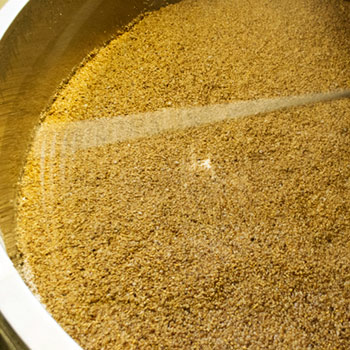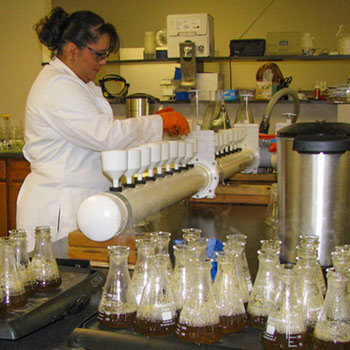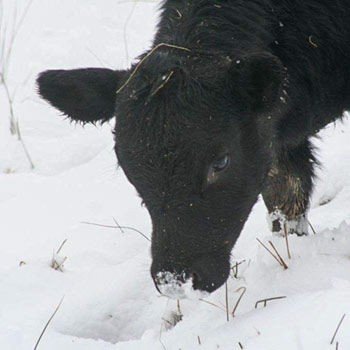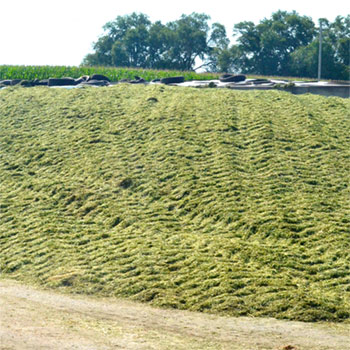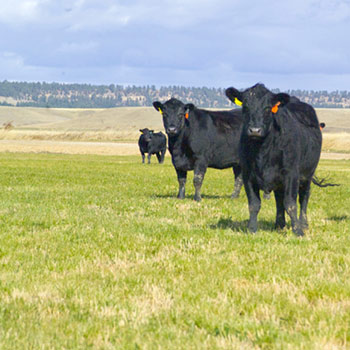
Association Perspective
The importance of data for commercial cattlemen.
We have all heard people talk about the importance of data, but have you ever given much thought to how important data truly are? In my nearly eight-year span of being a regional manager for the American Angus Association, I have discovered that many breeders do not fully understand how to take advantage of the data that are available for commercial producers. I hope to share with you how to use the tools available to make more accurate breeding decisions.
One simple tool that I use every day is the pedigree lookup tool. This tool can be found under the management tab on www.angus.org. When you are looking to purchase a bull or to breed to a bull by artificial insemination (AI), it is always a good idea to see how accurate the expected progeny differences (EPDs) are on that bull. If you are breeding heifers, it might be wise to look at the accuracy of calving ease direct (CED). This would help if you are looking at two bulls with the same CED EPD value, but one bull has a .05 (5%) accurate EPD and another bull has a CED with a .46 (46%) accuracy. You will have fewer surprises with the bull that has a 46% accurate EPD, as opposed to the bull with only 5% accuracy.
The other part of this tool that is very useful for commercial breeders is seeing how the EPDs have changed since you purchased the bulls. Often commercial producers use the original EPDs that were printed in the sale book or what was printed on the original registration papers they received after buying the bull. The American Angus Association updates EPDs every Friday morning. Sometimes there is minimal change, while other times, when a lot of data have been submitted, we might see significant changes for particular traits.
These are real data at your fingertips, provided to you by the American Angus Association. There is importance of data. The more data that you use when making breeding decisions within your own herd will result in fewer surprises in your calf crop. I encourage all cattlemen to visit with their Angus regional manager for more information on how to utilize these data.
Editor’s note: Regional Manager Radale Tiner covers Region 9, including the states of Texas and New Mexico. Click here to find the regional manager for your state.

